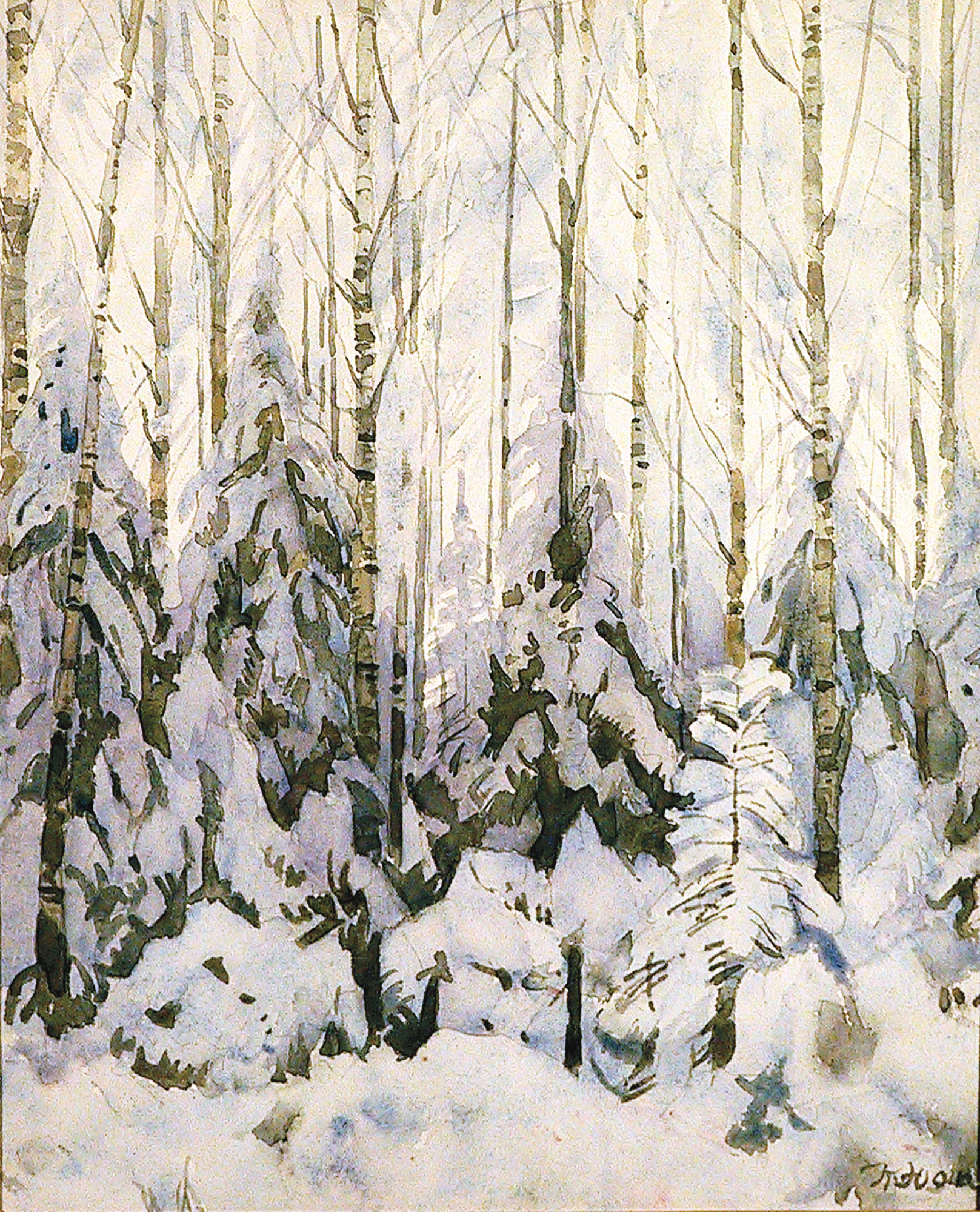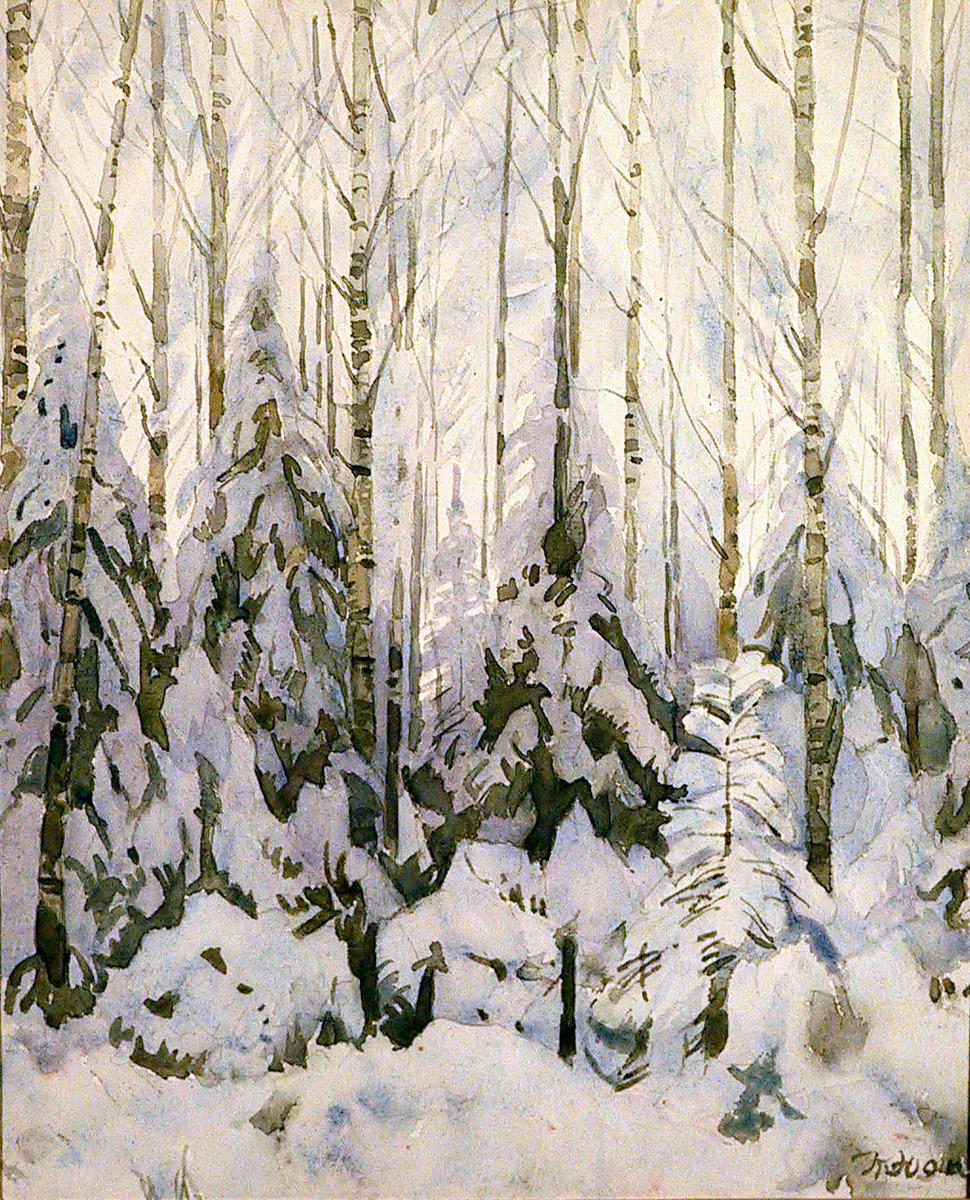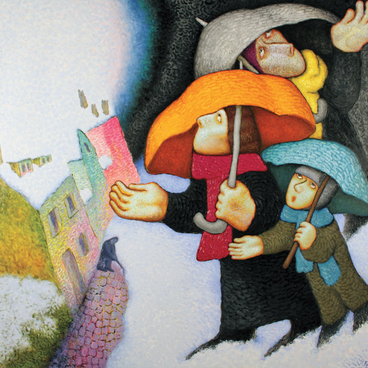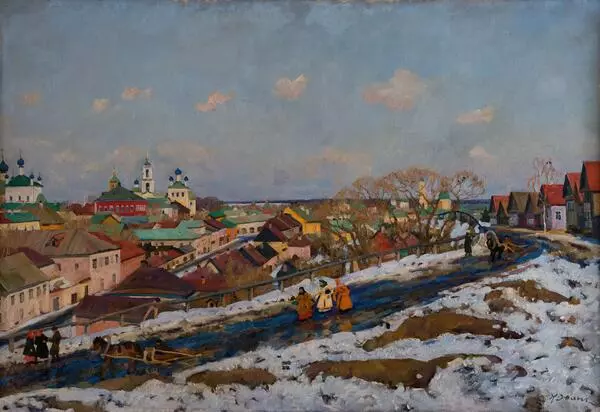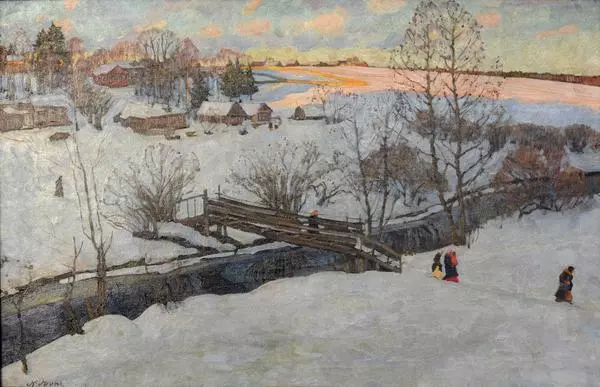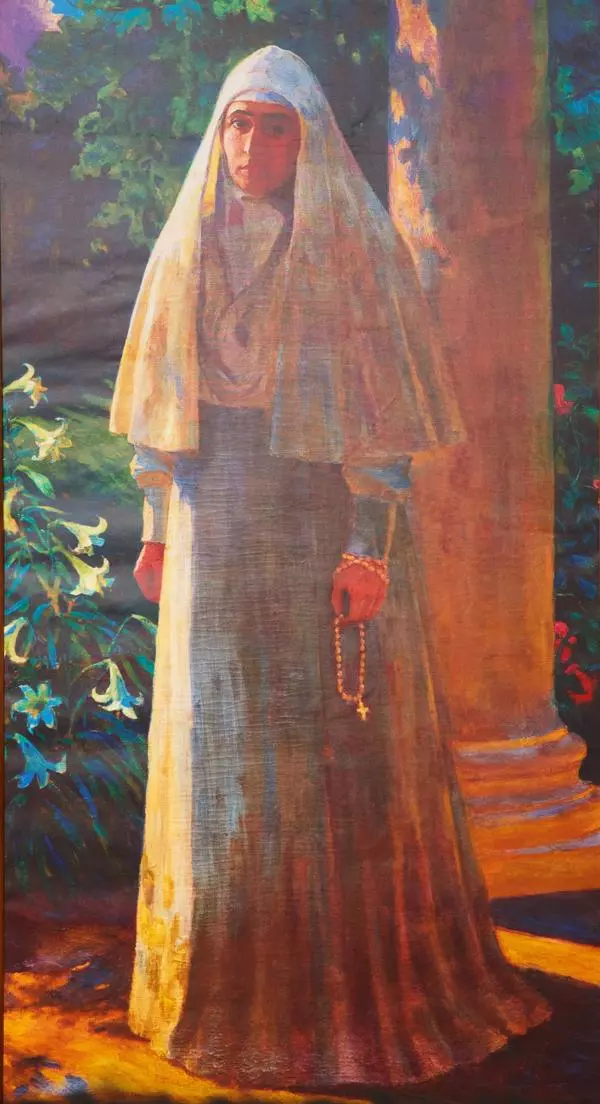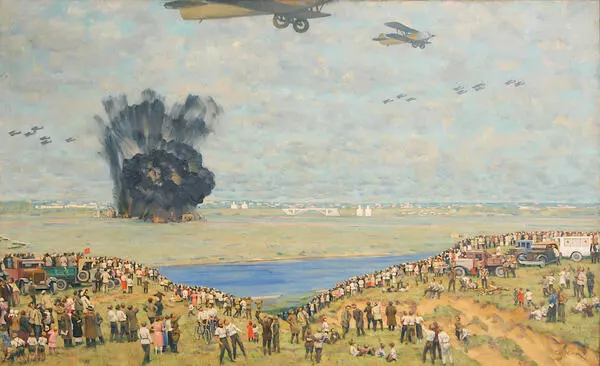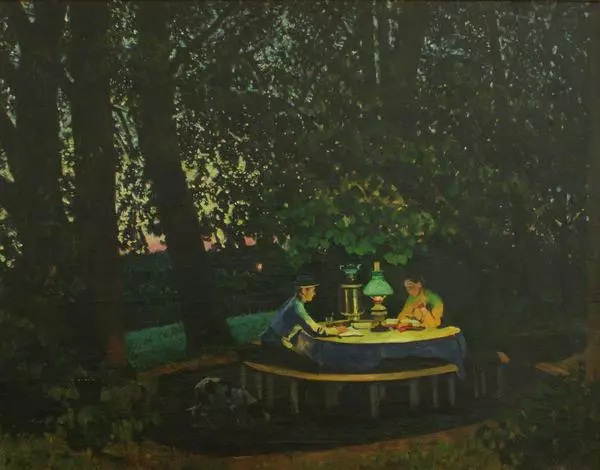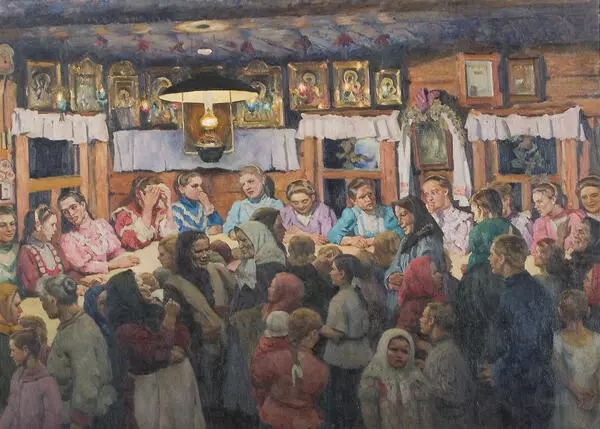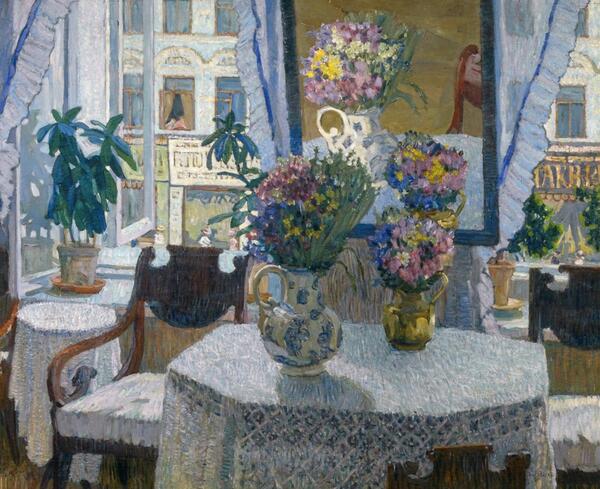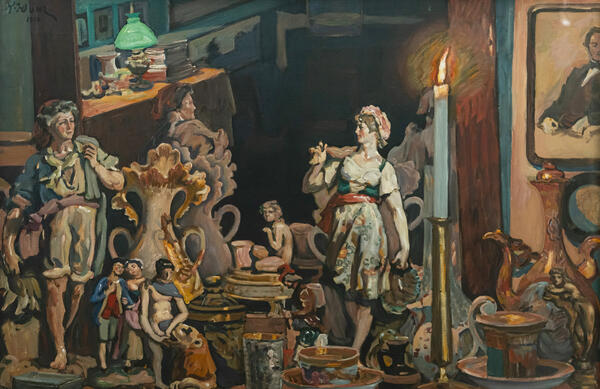Konstantin Yuon (1875 -1958) was an artist of an outstanding creative personality, a painter and a graphic artist who created a unique series of paintings about life in Russia in the first half of the 20th century. Yuon was born in the family of a native of Switzerland, director of an insurance company. The artist’s mother was an amateur musician.
In 1894 he entered the Moscow school of painting, sculpture and architecture. There Yuon developed his unique artistic style, afterwards he had passed through the period of imitation, characteristic for beginner artists. In 1899 he worked in the workshop of Valentin Serov. Yuon loved Russian antiquity, its decorative and colorful style. He painted portraits of his contemporaries, everyday scenes, but his true calling was landscape painting. Yuon, like other masters of the creative association Union of Russian Artists, learned the pictorial principles of the French impressionists, without breaking with traditions of the Russian realism. Natural motifs and scenes of the folk life organically interconnected in the artist’s paintings in the early period of his work. In the 1930s, the bustle of crowds of people left Yuon’s landscapes, giving place to reverie and tranquility. Images of winter sunny days, when nature looks totally different in the sunlight, hold a significant place in the artist’s work.
In 1894 he entered the Moscow school of painting, sculpture and architecture. There Yuon developed his unique artistic style, afterwards he had passed through the period of imitation, characteristic for beginner artists. In 1899 he worked in the workshop of Valentin Serov. Yuon loved Russian antiquity, its decorative and colorful style. He painted portraits of his contemporaries, everyday scenes, but his true calling was landscape painting. Yuon, like other masters of the creative association Union of Russian Artists, learned the pictorial principles of the French impressionists, without breaking with traditions of the Russian realism. Natural motifs and scenes of the folk life organically interconnected in the artist’s paintings in the early period of his work. In the 1930s, the bustle of crowds of people left Yuon’s landscapes, giving place to reverie and tranquility. Images of winter sunny days, when nature looks totally different in the sunlight, hold a significant place in the artist’s work.
One of the characteristic works is the watercolor painting Winter in a forest presented at the exhibition. The picture is painted in a free manner, without unnecessary details, they seem to be dissolved in the soft sunlight, uniting the entire space of the image into a single whole. The composition of the work is strict, which is characteristic of Yuon: the air and snow space, painted with white and blue spots, intersects with rhythmically placed trunks and branches of trees, drawn with brown and green shades. The artist painted almost all his winter landscapes in the village of Ligachevo near Moscow, where he firmly settled in 1908. The artist liked to paint from nature, despite the frost, making it necessary to warm up hands and paints. The watercolor Winter in a forest got into Kaluga Museum of Fine Arts from the Moscow Procurement Commission in 1945, during the artist’s lifetime.
